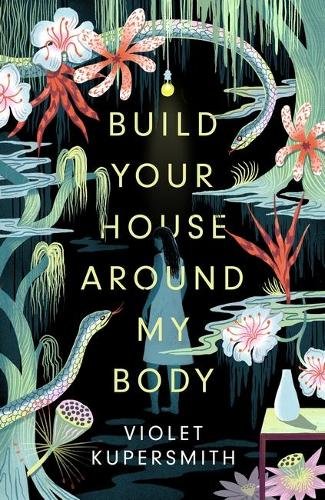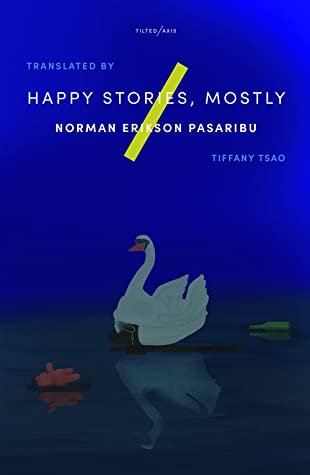It's challenging to read about a protagonist who does absolutely despicable things but who still comes across as sympathetic. Like many young gay men living in a predominantly homophobic society, Arsim gets pressured into entering a passionless marriage with a woman to appease his family. In the city of Pristina during early 1995 he has a fling with a handsome aspiring-doctor named Milos. This gives him a taste of a life separate from his poor neglected pregnant wife Ajshe. However, sexuality isn't the only thing preventing these men from openly declaring their love. Arsim is Albanian and Milos is Serbian. With xenophobia and open aggression towards Albanians on the rise, Arsim is painfully aware the country is reaching a crisis point. This breathtaking novel depicts his troubled journey grappling for an independent life beyond his dire circumstances and actively harming people along the way.
Statovci takes an interesting approach to showing the consequences of The Kosovo War not by portraying the battle itself but characters affected by it before and after the conflict. Where the novel “At Night All Blood is Black” powerfully portrayed the process by which a soldier can be dehumanized on the battlefield, “Bolla” shows how individuals come to lose their empathy for others from the strain of living under horrifyingly tense circumstances and living with shell shock in the aftermath of war. The author does this through three narrative strands which alternate between an account of Arsim's life, a series of cryptic journal entries (whose author and meaning becomes clear as the novel progresses) and short fable-like passages about negotiations between God and the Devil. This third strand poignantly emphasizes the grey line between good and evil. Though this novel begins as a tale of forbidden romance it gradually morphs into something more complex and sinister showing how the urge for survival can totally corrupt an individual.
There are many deeply thoughtful and poetic passages in this book. For instance, amidst Arsim and Milos' intimate conversations it's remarked how “reality follows the lies we tell ourselves.” Amidst the larger conflicts, this statement applies on both a personal and national level. I was also taken aback by several shocking moments in the novel which emphasize the pernicious danger which exists for gay men in both liberal and conservative countries. The risks come from both outside and inside the gay community as well. Statovci takes care to show not only the painful consequences and isolation felt by gay men but by other characters such as Arsim's long-suffering wife.
Yet, for all the deep meaning and emotional draw of this tale I did question some inconsistent aspects of the story. At one point a character goes to prison for quite a serious crime. However, a year spent in jail is basically portrayed as a relaxing reading holiday. Certainly some prisons are rougher than others but it seemed unrealistic that it was such a tranquil experience. Similarly, once this character leaves prison having spent a year in a solitary cell, it's noted that “It takes me a while before I get used to the lack of things to do, the absence of human touch”. Would this really be a new sensation after having spent so long behind bars? Perhaps details such as this have more to do with Hackston's translation from Finnish but I do wish some aspects of the story had been developed more. Nevertheless, the originality and complex pathos of this novel are so impactful and striking. Statovci is clearly an extremely talented young writer and I'm eager to read his previous two novels as well as anything else he publishes in the future.






















